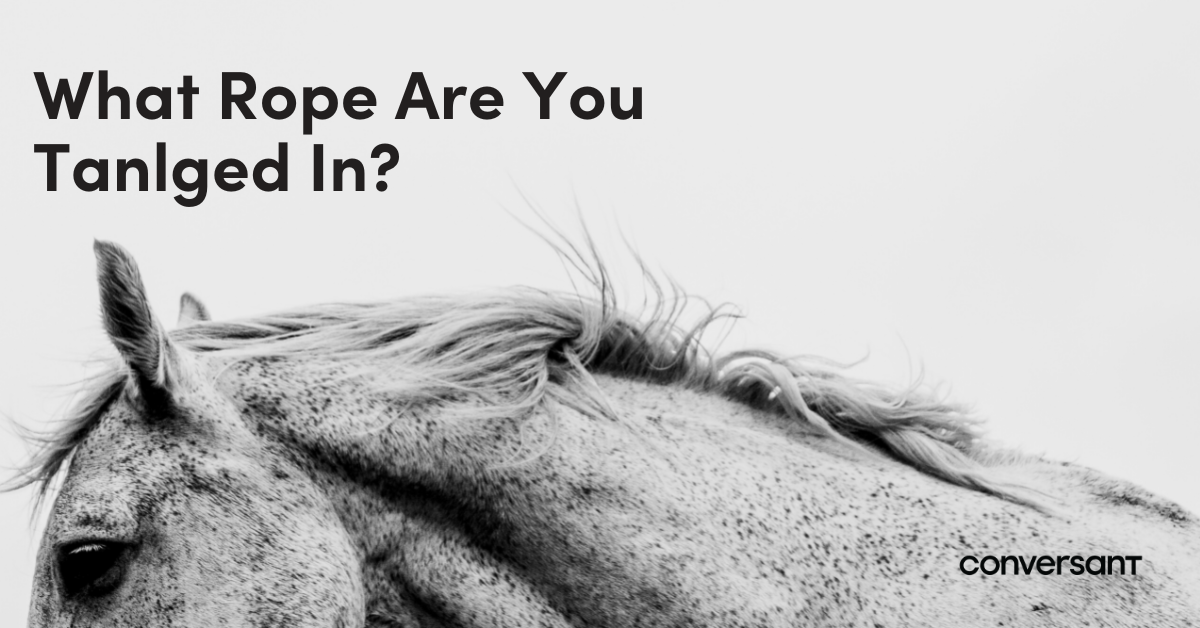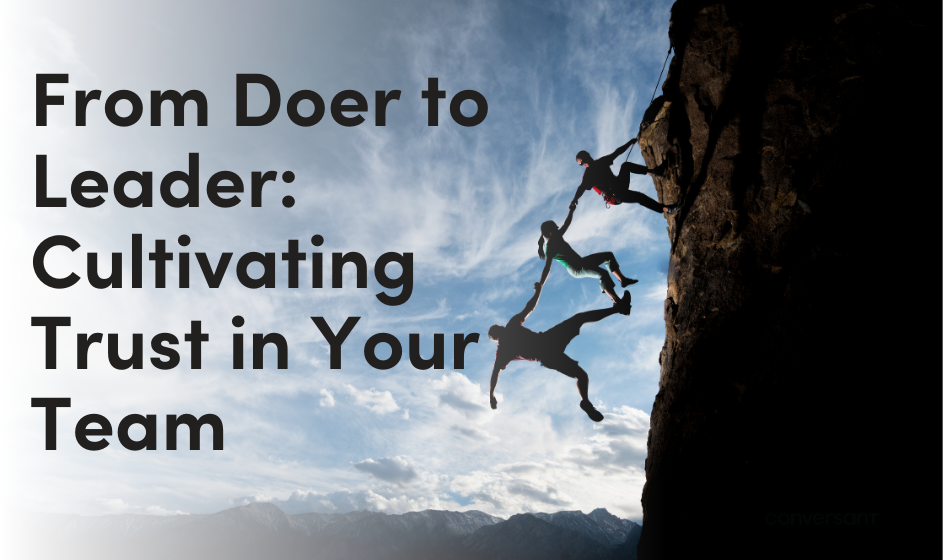At the end of last year, I had the privilege of going through a 360 leadership review process. I was truly humbled by what the team had to say about me as a leader. As I was coached through my results and looking at areas to improve, I realized that some of the challenges I personally face were dramatically impacting the team. The choices I make personally as a leader communicate what I value and cause others to react similarly. I answer emails quickly…what does that say about my expectations of others? I send emails in the evenings…do I expect people to answer? I dive into details…does that say I don’t trust others to manage those? The list could go on.
As part of the in-depth executive development experience we offer, The Connected Leader, we work with horses. This work has been deeply impactful and meaningful to me as a leader over the past 10 years. I have learned so much about myself and leadership from seeing how horses interact with me and with others. There is an exercise we do with the horses where you lay the lead rope over their head and around their backside, and while standing on the side opposite from the rope you apply slight pressure (you can see a video of what this looks like here – 1:53). The horse will naturally, at first, look at you and try to move toward you – when they do this it actually increases the pressure they feel as the rope gets tighter around their hindquarters. With some patience from the human holding the rope, the horse will figure out that they actually need to turn away from you to get untangled. This can be uncomfortable or stress-producing for the horse as they will have a moment where they can’t see you. In other words, it’s a little unnatural for them at first. If you’re the human holding the rope, you’re cheering the horse on the whole time to just turn their head the other way. It looks so easy.
I share this because this is the image that came to me as I worked through what changes I might need to make in my leadership. I realized that my own thinking regarding who I needed to be as a leader was tripping me up. As an individual, working harder, working more, doing more, managing more, more, more, more is a mindset that has made me successful. That’s the rope I was tangled in…feeling that to be successful, to be respected, to do a good job, I needed to do MORE. What I realized was that doing more by myself was no longer a path to success; it’s not the leader my team needs me to be.
I don’t think I’m alone in this. As leaders, we have gotten where we are from a series of behaviors. Many of us want to just keep doing those same behaviors, even as our roles or circumstances change. It’s the old adage, “What got you here, won’t get you there”. My colleague Kell Delaney has recently been challenging many of our clients with the question – who is the leader your team needs you to be now?
For many of us the answer to that question might challenge our ideas about what we’ve done that’s gotten us here. We may be tangled in our own rope. How do you get untangled? The way I approached it was to ask the team (I know, it’s a radical idea.) I had kick-off meetings with an array of team members. I asked each about what success would look like for them this year, what well-being means to them (we’re focusing on well-being, for the individual and the business this year) and what they needed from me to achieve both. In most cases, what I found was that the team members didn’t need me to do anything. My continuous focus on “am I doing enough?” had me missing that what they most need from me is to be present to their development needs and opportunities to partner with them in places where they might be stuck. Oh, and in some places, they want me to get out of the way. That internal pressure I feel from needing to do more has me keep pulling in the same direction, just like the horse. And like the horse, what I heard from my team is actually pretty easy if I can just yield to the pressure and focus my efforts and attention in a slightly different way.
When a team or a leader feels stuck, we routinely recommend they expand the conversation and look for additional perspectives. Usually, we’re applying it to a particular challenge, but it’s also incredibly helpful for exploring the next evolution of your individual leadership. If you feel stuck, I encourage you to find those on your team who can gently apply some pressure until you can untangle yourself.
You can learn more about The Connected Leader program here.




